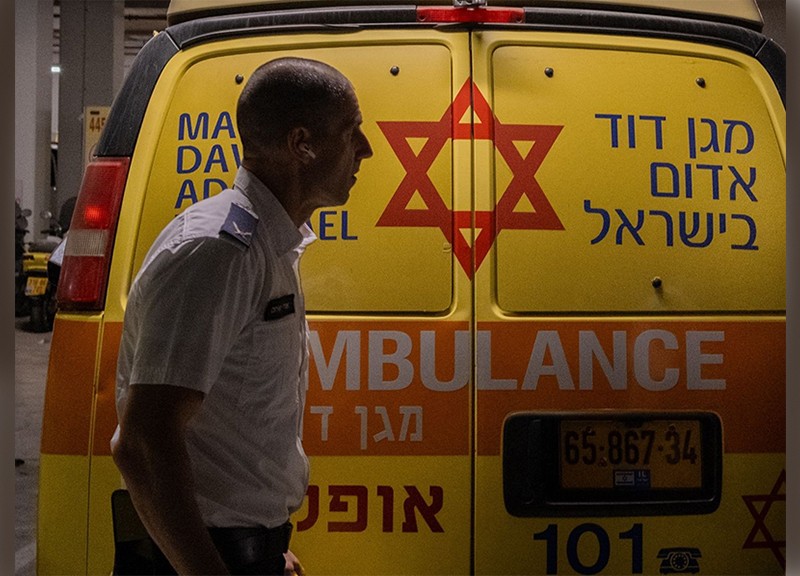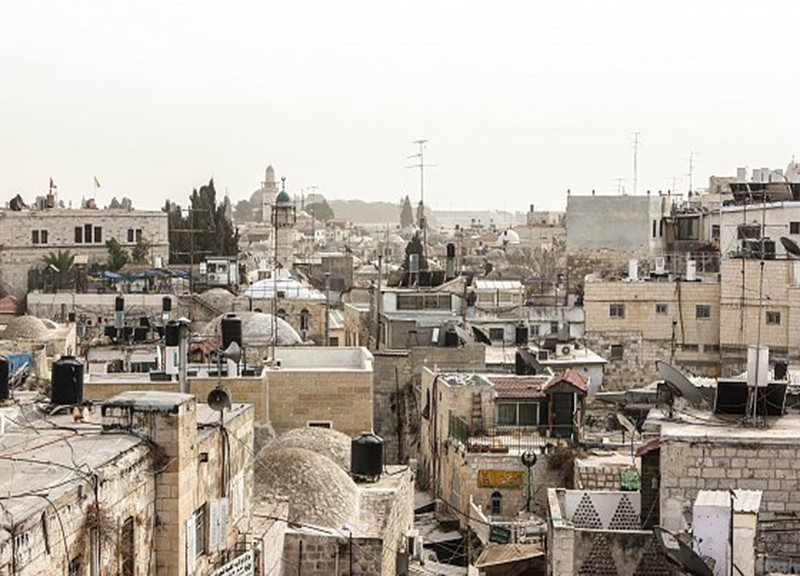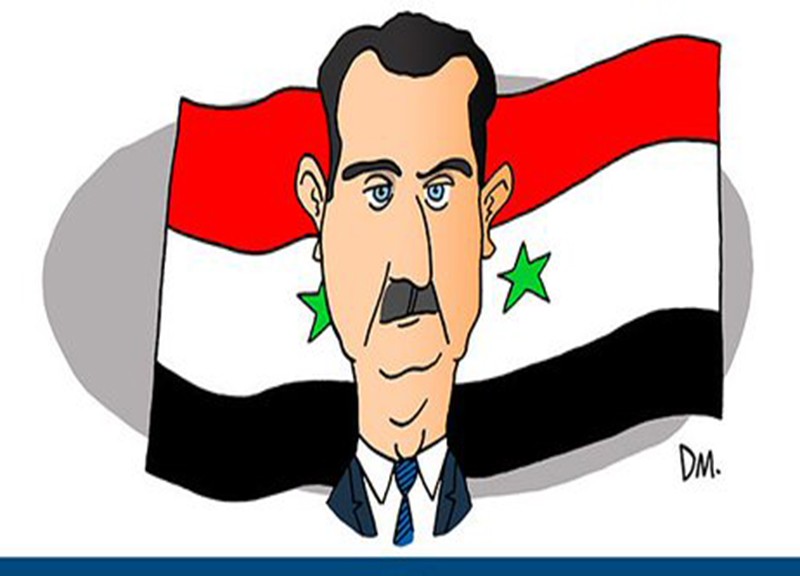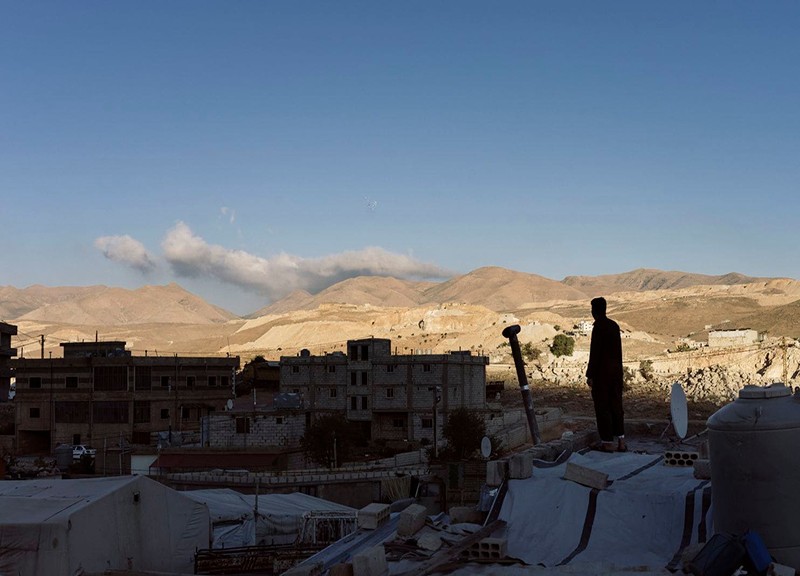
Israel expects a daily barrage of 4,000 rockets and thousands of casualties in a conflict that could dwarf the war in Gaza
By Carrie Keller-Lynn, WSJ
HAIFA, Israel—Above ground, Rambam Health Care Campus treats the wounded from the fight in Gaza. Below ground, northern Israel’s leading hospital is preparing for what could be the country’s next war—an all-out conflict with Hezbollah.
Four operating rooms, a maternity ward and a dialysis center are among the facilities the hospital has set up three levels down in its underground parking garage, part of its plan to keep functioning if the daily tit-for-tat exchange of fire between Israel and the U.S.-designated terror group across the border with Lebanon escalates.
Hospital beds are set up next to oxygen and suction lines embedded within the parking lot’s walls, medication is piled on rollable shelves, and ventilation ducts have been strung from the ceiling. Doctors practice evacuating their wards to the garage, primed to transfer operations within eight hours and make ready for new patients.
“We expect to have thousands of casualties over here,” said Dr. Michael Halberthal, the hospital’s director.
Healthcare centers, emergency services and residents across Israel are preparing for a war that could far outstrip the damage of the conflict with Hamas. Hezbollah is better trained and more heavily armed, with a missile stockpile experts estimate at 150,000 projectiles capable of pinning down the entire country.
The group began attacking Israel the day after the Hamasled Oct. 7 attacks that left 1,200 dead, and says it won’t stop until a cease-fire is reached in Gaza. The fighting has displaced tens of thousands of civilians on each side. Israel is threatening a full-scale war if necessary to secure its northern border and return people to their homes.
Should that happen, Israeli emergency and municipal authorities briefed by the military expect 4,000 missiles and rockets to rain down each day, likely saturating air defenses. Daily casualties could run into the thousands. There likely would be hundreds of fires and widespread destruction of public infrastructure and private homes, all stretching the resources of response teams.
The destruction in Lebanon also could be extensive. Israel’s assault on the Gaza Strip has destroyed more than half of the enclave’s buildings, according to a recent estimate based on satellite data, and has left more than 38,000 people dead, say Gaza health authorities. Israeli Defense Minister Yoav Gallant told The Wall Street Journal in January that the military could “copy-paste” what happened in Gaza to Beirut if pushed by Hezbollah.
Homeowners associations across Israel are clearing out dusty shelters in apartment buildings, fixing plumbing and stockpiling water and supplies to prepare for long stays underground.
Some in Tel Aviv keep gobags of essentials packed by the door. Emergency crews are being beefed up, and supplies of necessities such as blood are being secured.
Halberthal led Rambam’s triage during Israel’s last war with Hezbollah, a 34-day conflict in 2006. That experience pushed the hospital to build the underground facility, which it claims is the most fortified medical facility in the world.
Israel’s Health Ministry has asked Rambam to be prepared to surge its capacity by 40% if fighting escalates, Halberthal said.
“Our reference scenario,” Halberthal said, “is a war of at least 60 days with very powerful missiles landing around us every four minutes.”














